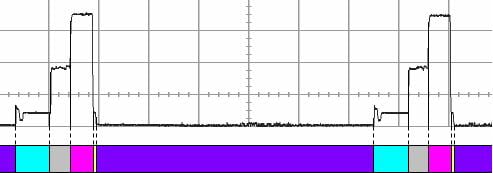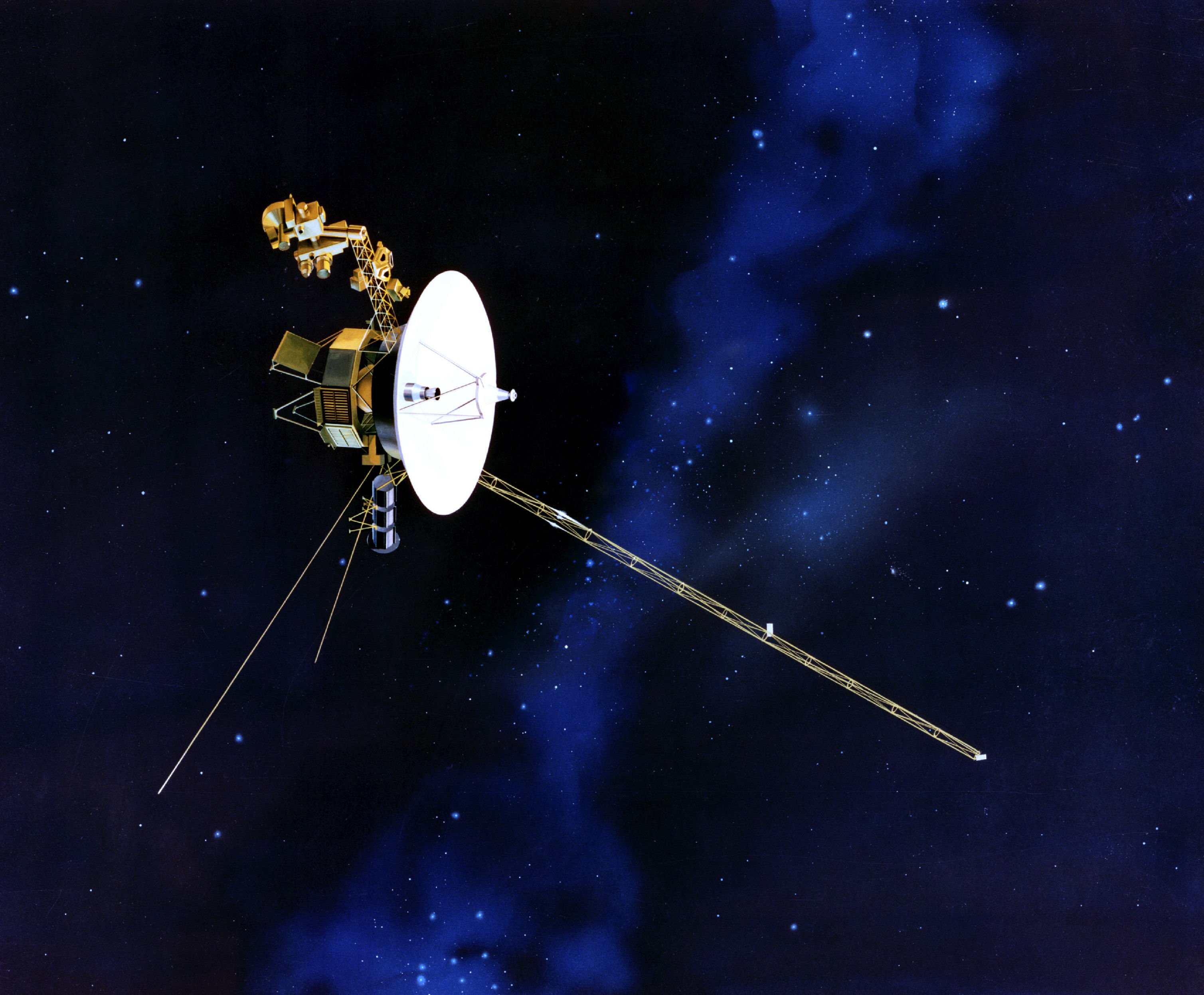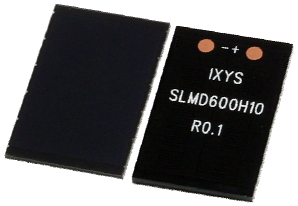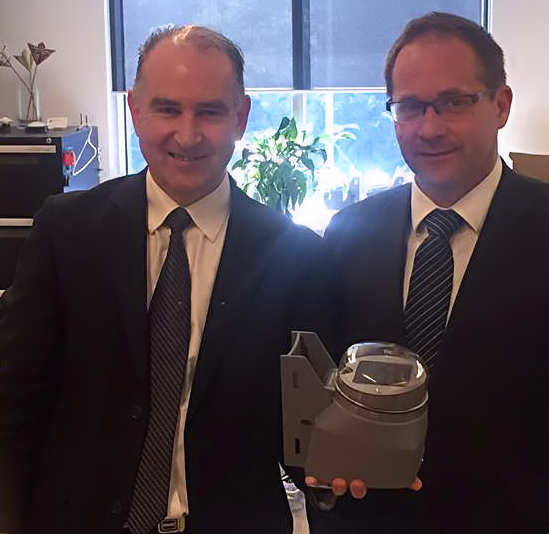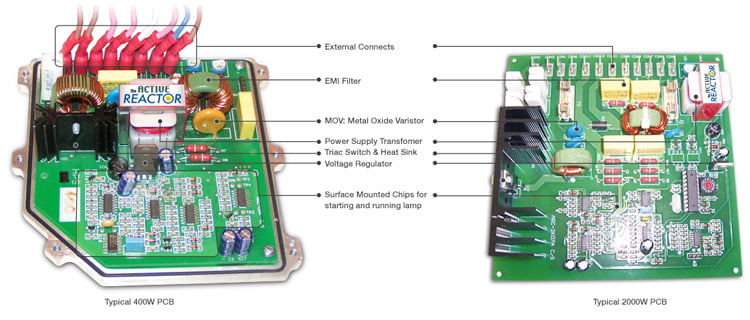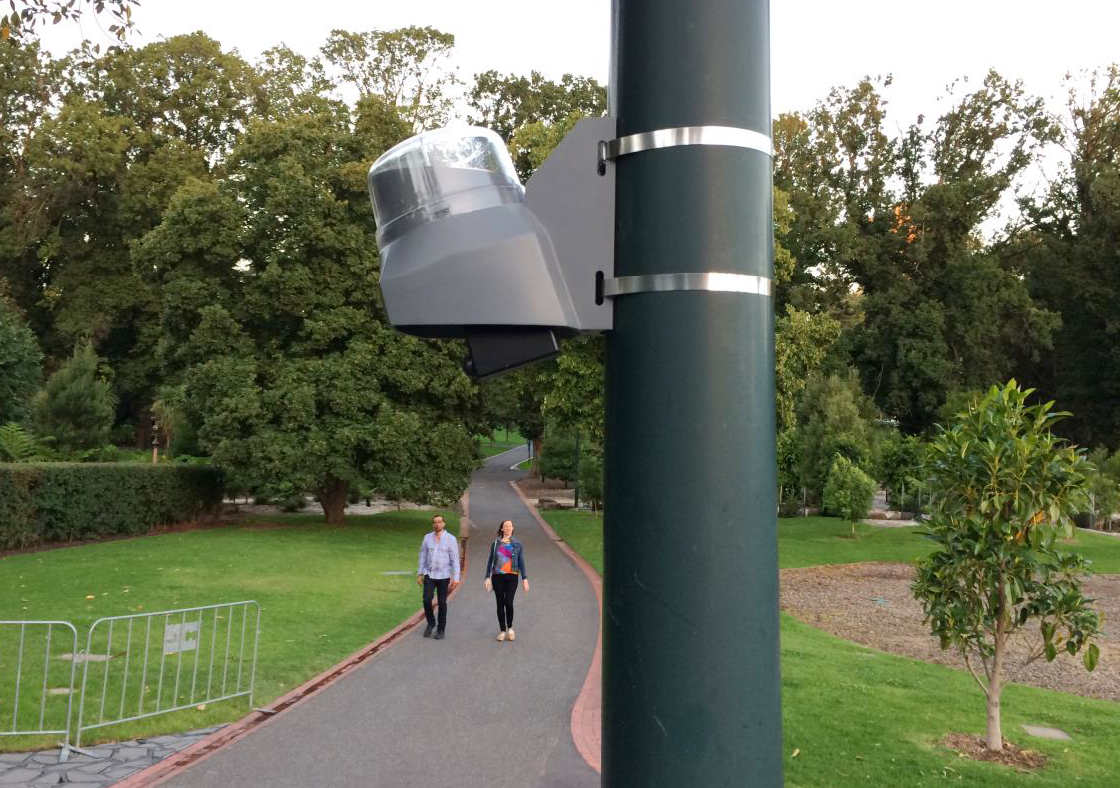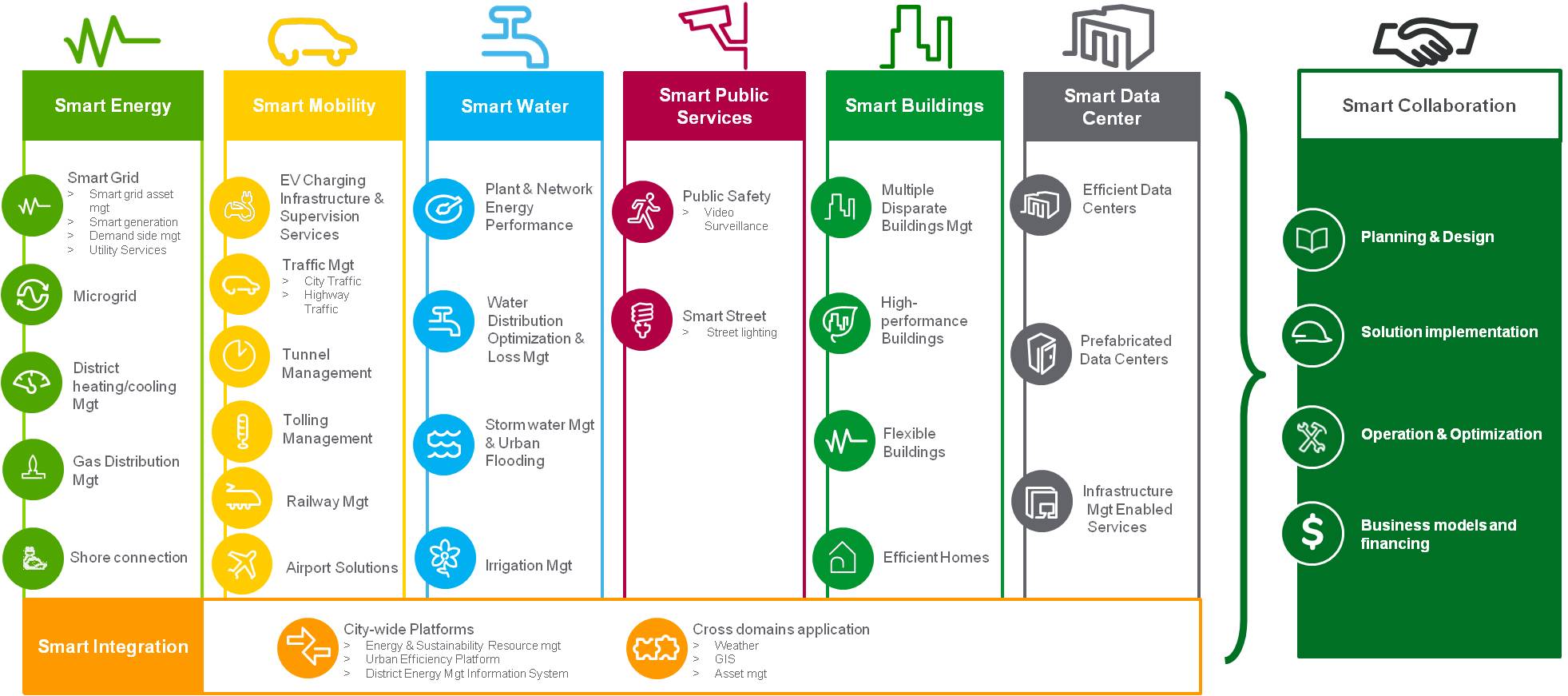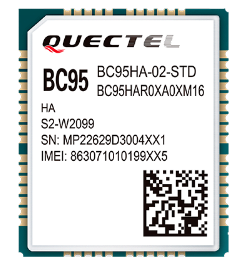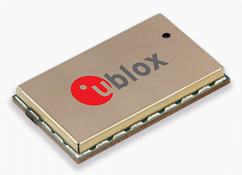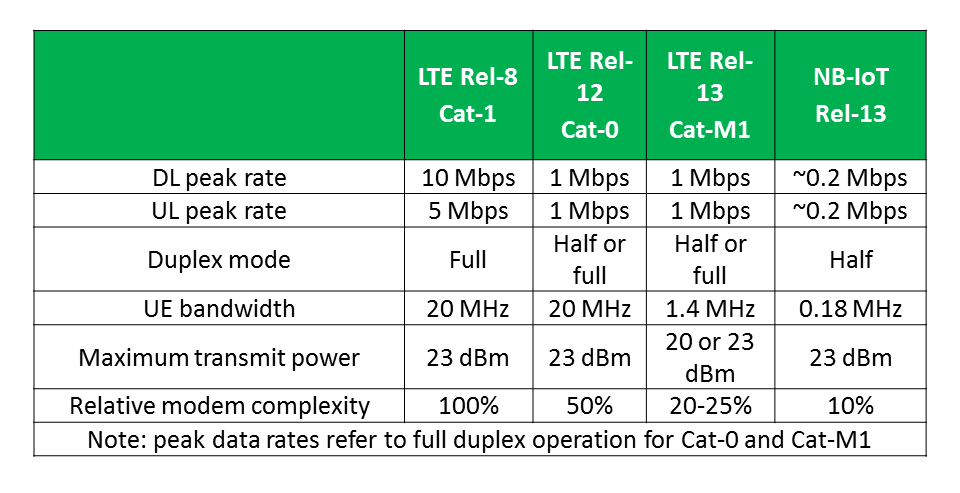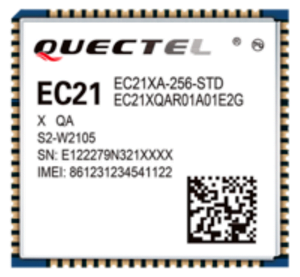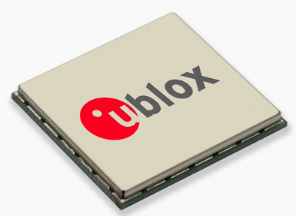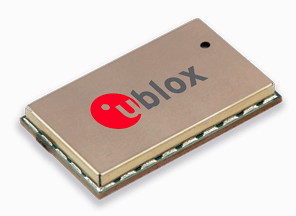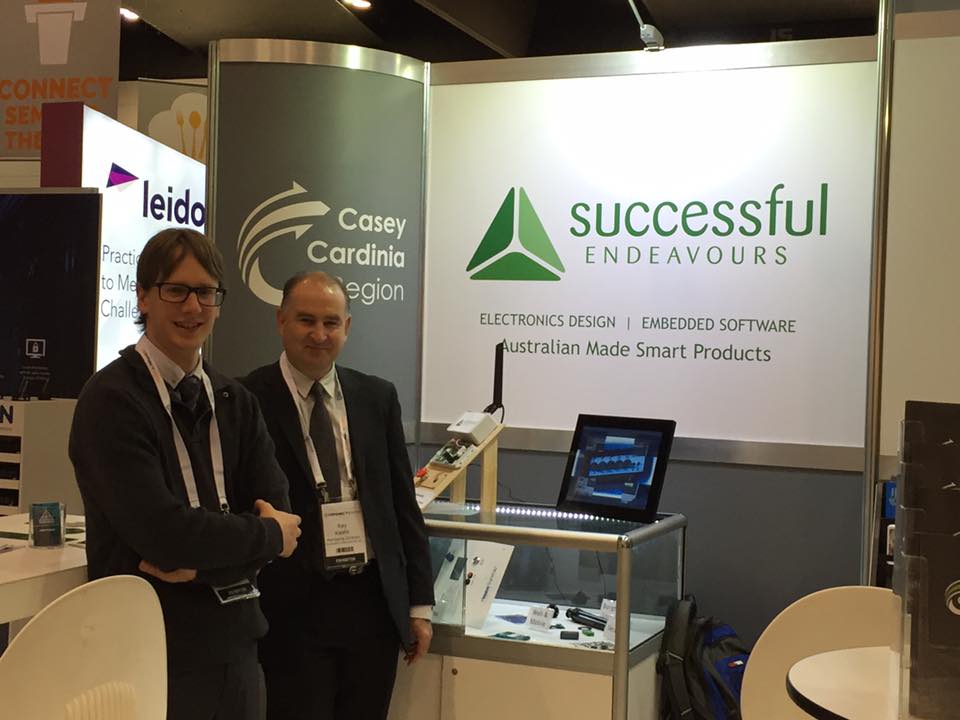Powering Telemetry
A big issue in the world of the Internet of Things, or IoT as it is abbreviated, is how to get power to remote devices. And this splits up into two separate but definitely related problems:
- the power source
- the power consumption
Obviously, if the power consumption is high, the power source has to be capable of providing a lot more power. We looked at this in our IoT – Remote Telemetry Case Study. So let’s tackle that one first.
And the focus for this article is remote devices using Solar Charging. Before we look at that specifically, let’s understand the problem.
Power Consumption
There are multiple ways to reduce power consumption. These were covered already in Reducing Power Consumption and Reduce Power While Awake with examples given in Sleep Saves Energy.
The short version of this is that you have to do two things at the same time:
- reduce the average power that is consumed all the time
- reduce the energy required to process an event
The first of these is also known as Quiescent Power Consumption. This is the power consumed just running the system when it is doing nothing, or close to it. At a minimum, the Power Supply has to deliver this amount of power just to make sure that we could react to an event, should it occur. And I can hear you thinking that it is hard to get this low enough and still have a responsive system.
Correct! But you have to have at least this amount of power or Game Over!
Which is where the second part comes in. You also need some power to respond to events. These can be something you need to log, or reports you need to post. If you are uploading to a web service using cellular communications, the peak power consumption can be very high. So you have to minimise this time.
We would normally model both of these and work out a power budget based on the worst case scenario model. Excel is a suitable tool for doing simple modelling of this as well as scenario modelling.
But I can hear you thinking “why worst case“? Answer: “Because you want it to always work, not just work on average“!
Telemetry
Telemetry means measurement at a distance or remote measurement. So you are measuring something at location A, and want to know the value of the measurement at location B. This implies the two locations are not close enough together that this is a trivial problem to solve.
In our world, Telemetry can mean anywhere on earth, though our customers are usually in Australia. In NASA’s world, (maybe world is the wrong term for them) it can be anywhere in the solar system. Voyager 1 is currently more than 18 billion kilometres away and has been active for 40 years.
The challenge for low power consumption, is how to get the measurement from location A back to location B?
Solar Charging
The NASA solution is simple. Near sun facilities are Solar Powered, and the rest use some form of nuclear power. Since no-one will ever let us nuclear power any Telemetry device, and I’m okay with that, and we are near enough to see some sun, we will follow that option instead. And besides which, we can do it in our office and not a heavily shielded facility.
So lets recap on what we know about solar charging:
- ignoring the energy cost of making a solar panel, the energy cost is free after that
- there is a maintenance cost which includes cleaning panels
- provided the construction is robust, they are a long life product
- you have to do Maximum Power Point Tracking (MPPT) to harvest the most energy or minimise the panel size
And to get more power from a solar panel, you have to:
- have more sun
- have a better angle to the sun (cosine reduction)
- have a better MPPT
- handle lower voltages
- use the right silicon
Not all Solar Panels are equal. If you want your panel to work in a mostly shady place then you might also want to use mono-crystalline Silicon solar cells because they are efficient and can continue to convert even low levels of light. In recent developments the efficiency of conversion had passed 25% as reported in Efficiency of Silicon Solar Cells Climbs and some of the stacked cell technologies are past 40% efficiency.
And then you have to harvest that energy. Which is where new devices like the SPV1050 come in. Experiments in our office showed that we can charge a Lithium Polymer battery from the internal lighting. And it is a buck boost converter meaning that it can charge the battery in full sunlight (reducing voltage) and also moonlight (increasing voltage) and the device costs less that $2 in 1K pieces.
I only have one criticism. The super low quiescent current LDOs would have been more useful if they were fully independent because this would have taken another item off the Bill of Materials.
Primary Cells
The other option for Telemetry is using Primary Cells. These are not rechargeable and so must last the life of the product. We currently deploy Cellular based Telemetry modules that can run for up to 10 years from a Lithium Primary Cell or 5 years from Alkaline Primary Cells. This is ideal for Smart City style projects where the devices might be moved as they fulfil their current purpose. A good example of this is people metering or pedestrian counting where a council may want to know how much use an area is getting. Once that is understood, the Telemetry module can be redeployed and since it isn’t connected to mains power you don’t need an electrician to do that. Or they could be used to understand the level of demand of public transport services in real time so you can adjust capacity on the fly.
So there are options and as technologies like NB-IoT and CAT-M1 come online the power budget for cellular communications continues to fall. We covered this in Cellular IoT Communications. And as of last month, Telstra turned on CAT-M1 across the 4GX network.
Successful Endeavours specialise in Electronics Design and Embedded Software Development, focusing on products that are intended to be Made In Australia. Ray Keefe has developed market leading electronics products in Australia for more than 30 years. This post is Copyright © 2017 Successful Endeavours Pty Ltd.



